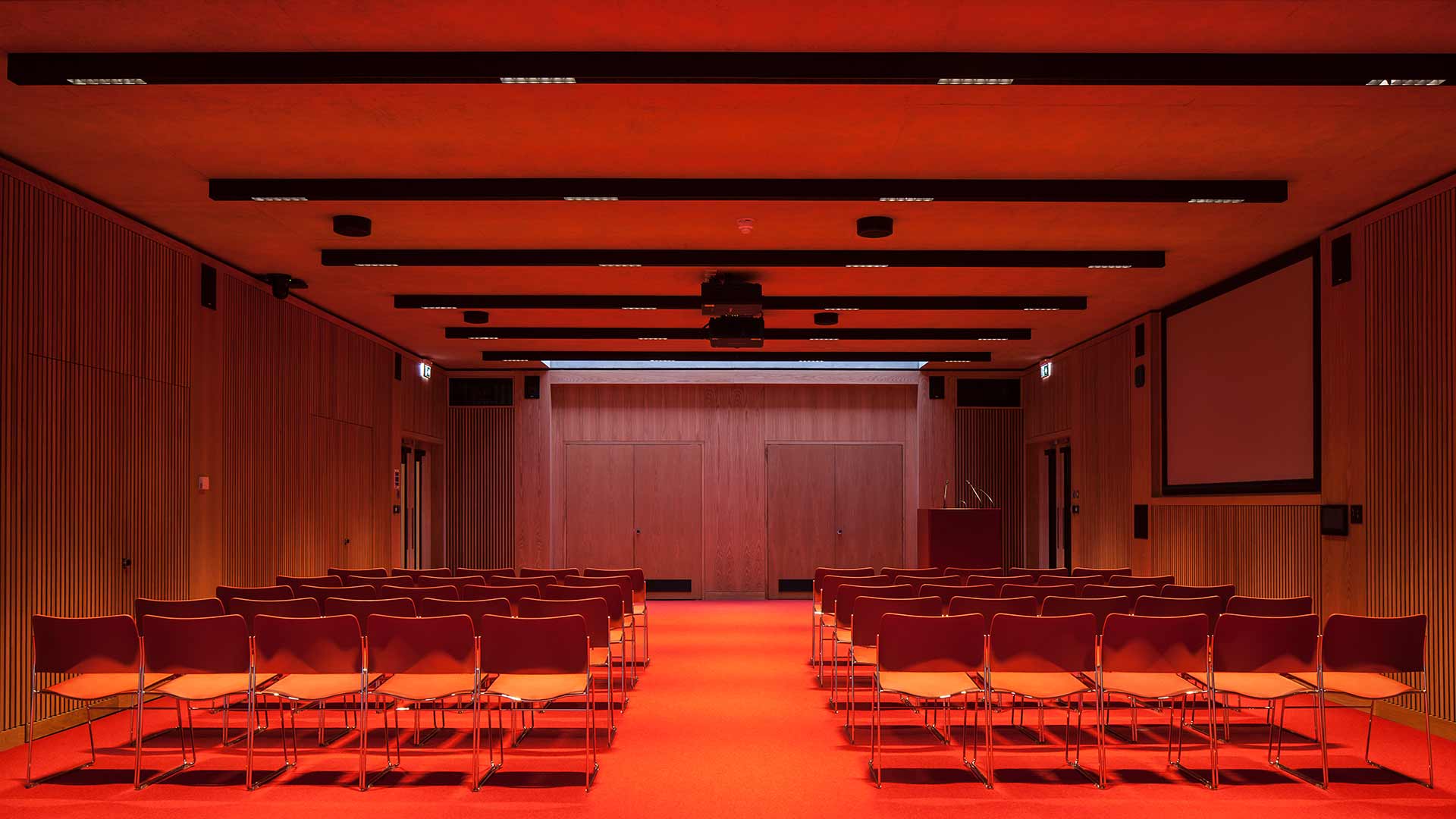STANDING THE TEST OF TIME
Intuitive design never goes out of fashion. Distilling down what’s important to a well-considered minimum is what’s required to ensure a design stands the ultimate test…time.
Of course, this doesn’t mean all outcomes have to be minimised – if it did there would be no present-day significance to architectural styles such as Gothic or Baroque. While these styles may not be overtly commonplace today, they’re still echoed in contemporary works, such as the Pompidou Centre or Lloyd’s Building. However, a veneer is often added to the fundamentals of a design in a moment of trend-driven embellishment rather than true innovation, whether it be in architecture, industrial design or lighting.
Complication can easily be the result of introducing technical “extras” if not well thought through. It’s important whilst embracing modern advancements to reflect on what value it brings. Automated control systems and interactive environments are no longer matters of fiction, but are prevalent in our daily lives. However, whilst awareness and acceptance of such intelligent environments grows exponentially, there’s also a growing counter culture to adopt a more traditional and intuitive response.
Innovations within lighting (and other related sectors) are often driven by two key factors: need and possibility. Need tends to respond to the demands of the situation. Urgency is often the catalyst for this innovation. Possibility tends to drive a response that’s linked to new approaches that can arise simply by embracing new materials, or schools of thought.
Finding a balance between need and possibility is part of a crucial transition towards a more integrated and hopefully sustainable future.
Lighting quality (as opposed to quantity) seems to be the current force majeure. However a few short years after LED solutions became mainstream a battle began on two fronts: new possibilities of miniaturisation and integration, and the quality of light itself. Initially whilst LEDs were able to be adopted in fantastic new applications, the spectral distribution came under heavy fire, despite being better than many of the fluorescent sources that had already been silently adopted as a standard. Demand called for LED to perform better, leading it to be refined across many platforms. Noticeably within architectural lighting it has been developed to not only mirror the “golden standard” of the classic incandescent lamp, but through finessing can presently be “tuned” to provide spectral enhancement depending on the use.
Integrated built environments are at the frontier of latest design thinking, where new technologies, materials, and sustainability are at a confluence, giving rise to more organic intuitive outcomes. Increased use of systems like BIM allow designers to consider the “whole” rather than layers of discipline being stacked atop of each other. This harmonisation brings with it rationalisation where the principle driving factor is value.
In an unstable world with a future lacking financial optimism there’s an inclination towards the fundamentals of strong design. This is not the “bells and whistles” approach as this typically also comes at a premium, but instead is a tip-of-a-cap toward quality, intuitive, well illuminated, healthy environments.
Image: © James French


